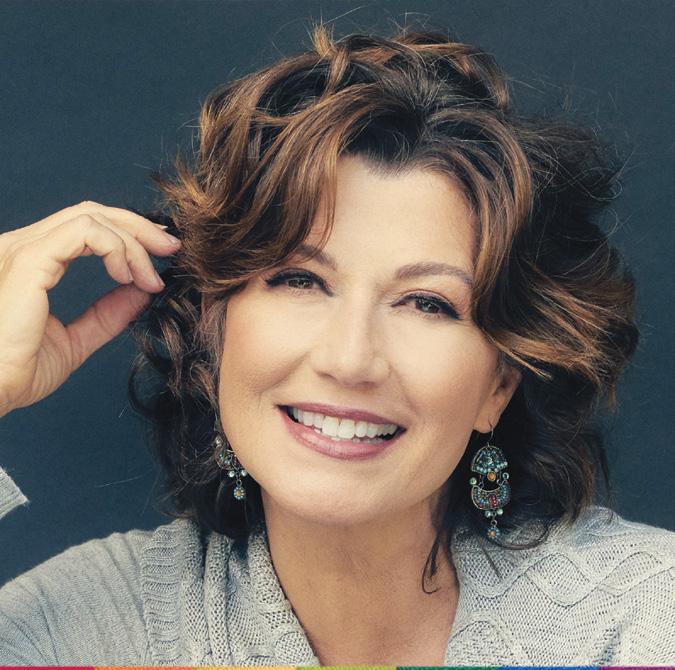
2 minute read
of learning
By Olivia Majors ’23
Whenmy physics teacher told me to figure out whether or not the stop light at the corner of Estes and Hobbs was safe using physics, my mind switched to panic mode. I had kept up with my assigned textbook readings every night, taken notes during lectures, and had done well on previous multiple-choice quizzes. There must be some information that I was missing — some additional details in my assignment, another chapter that shows me the step-by-step, or an imperative note from my teacher. My class’s initial discomfort and panic was obvious to my teacher, so she gave us one additional piece of advice for tackling this project: be creative.
But let’s be real: what does creativity mean? Is it what makes the walls of Patton teem with art, the theatre light up with actors, and the words in the library come to life? Is it that elusive talent that only some seem to possess? If I haven’t taken an art class since 9th grade, what does that mean for my creativity? Throughout my time at Harpeth Hall, I have learned the answers to all of those questions. It’s true that creativity adds vibrancy to the art building, theatre, and library. But it also fortifies and deepens the learning that happens in classrooms for subjects spanning from science to history. The creativity that we, as students, take away from classrooms is an integral part of our development as the next generation of problem solvers, leaders, and critical thinkers. Although the origami made in geometry class and the rap written (and performed!) entirely in French might not be achievements I can add to a resume, I can confidently say that experiences like these are what have made me into the learner I am today. Harpeth Hall has taught me that learning is interesting and exciting. For lack of a better word, learning is cool. Creativity is a skill that is nurtured and encouraged throughout the years at Harpeth Hall. This school, as a result, graduates lifelong learners who are full of curiosity and drive to find answers that go deeper than what a textbook or Google search can tell them.
Now, back to my physics problem. My classmates and I threw on our creative hats and marched right out of the classroom, all the way down to the field next to our assigned stop light’s intersection. It wasn’t easy, and it certainly wasn’t straightforward, but we managed to figure out a way to time the duration of the yellow light, measure the length of the intersection, and estimate the speed of the cars passing through. With this information, we were able to use knowledge that we had picked up from our textbook and in-class lectures to solve for acceleration and find our final answer.
So yes, creativity absolutely has its place in any classroom on campus, even when you least expect it. The creativity of the student body, whether they would classify themselves as artists or not, is what makes this school such a remarkable beacon of learning and intellectual pursuit.









